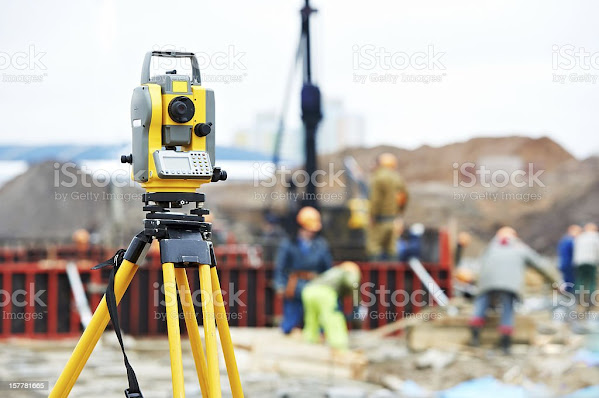TACHEOMETRIC SURVEY
What is TACHEOMETRIC SURVEY?
The branch of surveying in which the horizontal and vertical distances are determined by angular observations with a tacheometer is called the Tacheometric SURVEY. The chaining operations are altogether eliminated. It is not as accurate as chaining. However, Tacheometry is far more rapid in rough and difficult situations whereas chaining is inaccurate and slow & leveling is tedious. The best SURVEY, When obstacles such as steep and broken ground, deep ravines, stretches of water or swamps are met with, is Tacheometry.
Tacheometry is especially used even as making ready contour plans and traversing and is likewise appropriate for hydrographic surveys, region surveys of roads, railways, reservoirs etc.
Instruments used in Tacheometry:
Tacheometer is the main instrument used in tacheometry. A tacheometer is a transit theodolite having a telescope equipped with a stadia diaphragm. A leveling or stadia rod is also required.
Tacheometric survey may be carried out by
stadia hair system
or
tangential system.
a) Stadia Hair System:
This system may further be divided into two different methods:
(1) Fixed Hair Method:
In this method, stadia hair are kept at fixed & constant interval and the intercept at the leveling staff varies, depending & relying upon the horizontal distance among the instrument station and the staff position.
(2) Movable Hair Method:
In this method, The intercept at the leveling staff is kept constant & regular and the distance among the stadia hairs is variable.
There are 4 cases of tacheometric calculations.They are:
(a) Staff held vertical:
If f/i = Multiplying constant
(f+ d) = Additive constant
S = Staff intercept
D= Horizontal distance between staff station and observer's position
Then D= (f/i) × S + (f + d)
(b) Inclined sights staff held vertical:
If Ø is the angle of elevation or depression




.jpg)
0 Comments